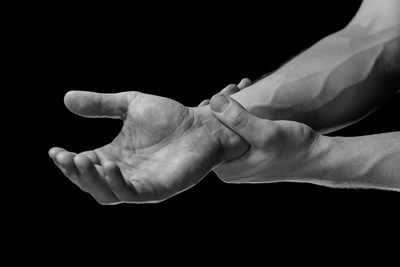Pain is part of the human condition. But there are different types of pain. Acute pain is when the pain appears, is often very intense, and then goes away after a period of time (depending on the cause, the pain might last as briefly 30 seconds, or as long as a year). Chronic pain, however, is when the pain continues for a very long time -- sometimes permanently.
An example of acute pain might be stubbing your toe or having your appendix burst; these are very different levels of pain, but both are still acute. For acute pain that lasts longer than a few hours, prescription medications and other forms of treatment are often quite effective at managing the pain.
At a certain point, acute pain can become chronic pain. Chronic pain comes in quite a variety of forms. In fact, it affects about 10% of Americans significantly enough to be nearly disabling. The most common forms of chronic pain include chronic back pain, headaches, and arthritis. Chronic pain can be extremely frustrating and difficult to treat, particularly as it’s hard to pin down the root cause. In some cases, chronic pain is the result of an underlying condition, like fibromyalgia or myofascial pain syndrome. In other cases, an initial injury to the tissue has healed, but the nerves and/or related pain recognition source in the brain have failed to recognize it as such. And in some cases, it’s nearly impossible to discover why the patient is in chronic pain.
Have more questions? See more answers from Alot.



